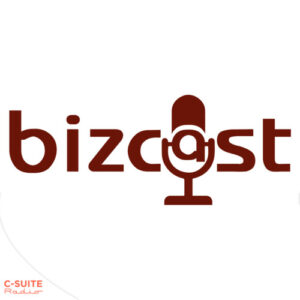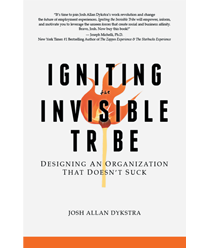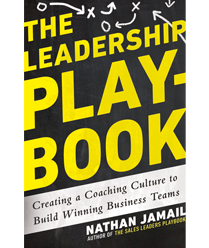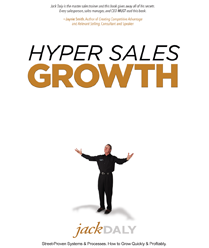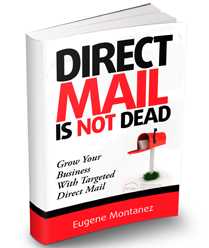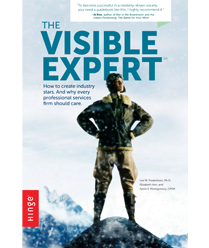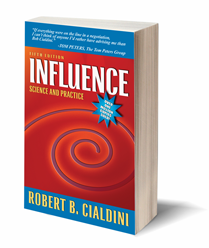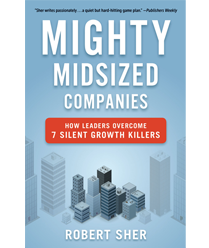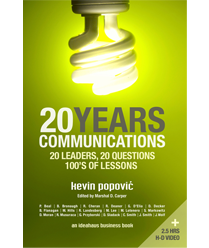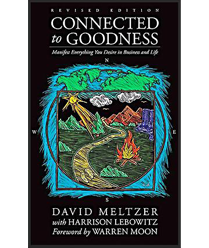No products in the cart.

You must deliver an amazing customer experience. Why? It is the competitive edge of new-era business–in any market and any economy.
Renowned customer experience expert Shep Hyken explains how consistently amazing customers through stellar service can elevate your company from good to great. All transformations require a role model, and Shep has found the perfect role model to inspire your team: Ace Hardware. Ace was named as one of the top ten customer service brands in America by Businessweek and ranked highest in its industry for customer satisfaction. Through revealing stories from Ace’s over-the-top work with customers, Shep explores the five tactical areas of customer amazement: leadership, culture, one-on-one, competitive edge, and community.
Delivering amazing service requires everyone in your organization to step up and be a leader. It doesn’t take a title. It takes the right set of tools and principles. To help you empower employees at all levels, Shep brings the content to a deeply practical level. His 52 Amazement Tools–like ”Ask the extra question” and ”Focus on the customer, not the money”–are simple, clear, useful for almost anybody, and supported with compelling research and stories.
Between these covers, you will find the tools and tactics you need to transform your company into a seriously customer-focused operation that will amaze every customer every time.
